If you have ever heard of the Douro Valley, it is probably because of the excellent quality wine that is produced here. However, this region is not only known for its countless vineyards, wineries and estates, but also for its charming villages, breathtaking landscapes, amazing rock art and excellent gastronomy. In fact, this is the oldest demarcated wine region in the world and one of the most beautiful regions in northern Portugal. Much so that the Douro region was declared a World Heritage Site in 2001 by UNESCO - after all, this is where the production of Port wine began. Here we will show you what you can do and what to visit in this region, which is considered one of the best wine destinations in the world!
Visit the charming and wine-producing villages and cities
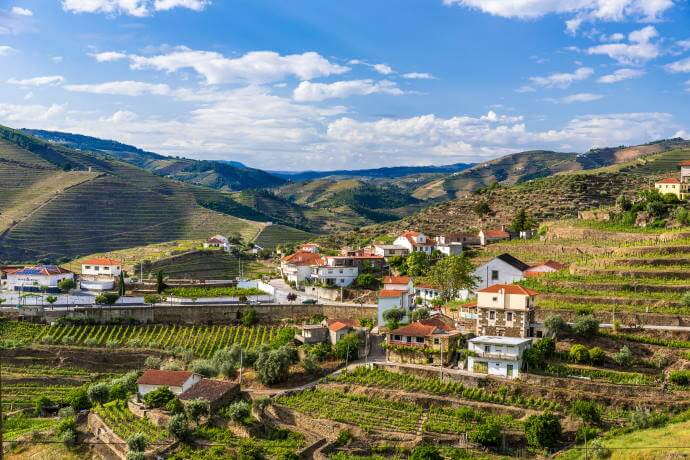
There are many lovely villages and cities in the Douro Valley, but some are definitely a must-see. Pinhão, for example, is considered to be the heart of the valley and is home to several historic estates. This charming little village has a well-known railway station, very famous for its beautiful hand-painted tiles. They cover the building's facades and give a very Portuguese feel. Pinhão is also a wonderful place to explore the secrets of Port wine, as there are countless wineries and estates in the area that you can visit. In the famous quintas (country estates), you will be able to try the renowned wine and learn about the traditional processes of its production. Make a stopover at Peso da Régua, the city that played a very important role in the production and sale of the Port wine. The capital of wine is characterized by the beautiful landscapes of vineyards in the hilly mountains and by the many popular quintas and impressive viewpoints. You can stroll through the historic center and absorb the local atmosphere. Lamego, a historic and monumental city in the south of the Douro, is another mandatory stopping point. This city is known for its graceful religious monuments, its architectural heritage and its important role in wine production (and for its delicious gastronomy, of course!). Finally, be sure to explore Favaios, a picturesque winemaking village located in the heart of the Douro. Famous for its Moscatel liqueur wine and delicious local bread, this village exudes a rural essence and offers dreamy landscapes. Also, stop by the lovely schist villages like São Xisto, Gondarem or Midões, that stand out for their natural beauty.
Drive along the National Road 222
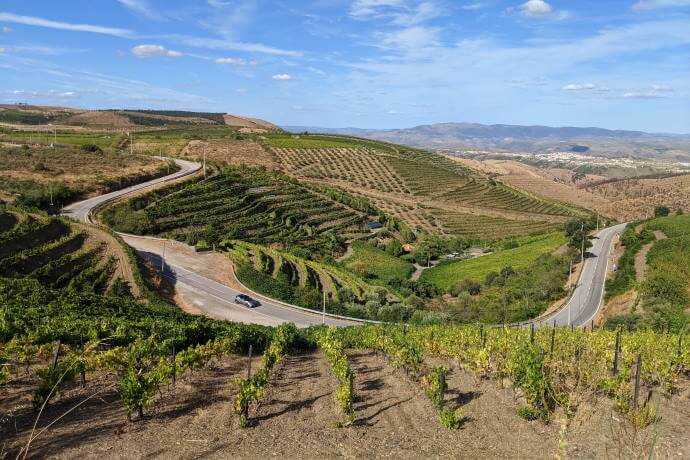
This road that connects Vila Nova de Gaia to Vila Nova de Foz Côa was elected the best road in the world, because it offers the best driving conditions. When driving along the National Road 222 (Estrada Nacional 222), you will have the opportunity to explore one of the most majestic sceneries of all time, characterized by the many breathtaking vineyards that disappear into the horizon. One of the most beautiful sections of this road is the one that connects Peso da Régua and Pinhão, two regions rich in natural beauty and only 27 kilometers apart. Along this section, you will be able to stop and visit some of the most emblematic towns, such as Cinfães do Douro, São João da Pesqueira and Vila Nova de Foz Côa, as well as Peso da Régua and Pinhão. It is a great way to enjoy the views and to make a few stops to try the gastronomic specialties and the renowned wines. Embark on this very scenic drive that will undoubtedly leave its mark not only on your visit to the Douro, but also on your memory!
Take a boat tour along the Douro River
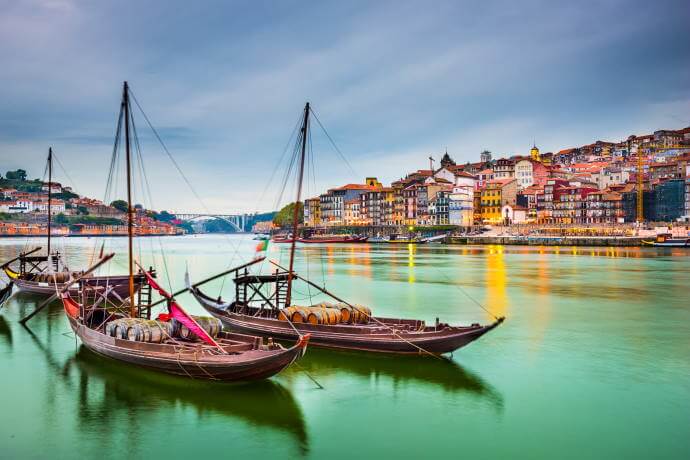
This is another way to enjoy the magnificent views of the Douro. You can take a ride on the traditional Rabelo boat, which used to transport the Port wine barrels from the Alto Douro, or you can opt for a speedboat ride or rent a kayak. You can even take a cruise and explore the beautiful river on a full day excursion. Either way, you will be able to enjoy the beautiful and rich landscapes. The Douro is the second largest river in the Iberian Peninsula and stands out for its unparalleled beauty. So, a boat trip through the calm waters of this river is undoubtedly a great experience!
Enjoy the unique and ravishing viewpoints
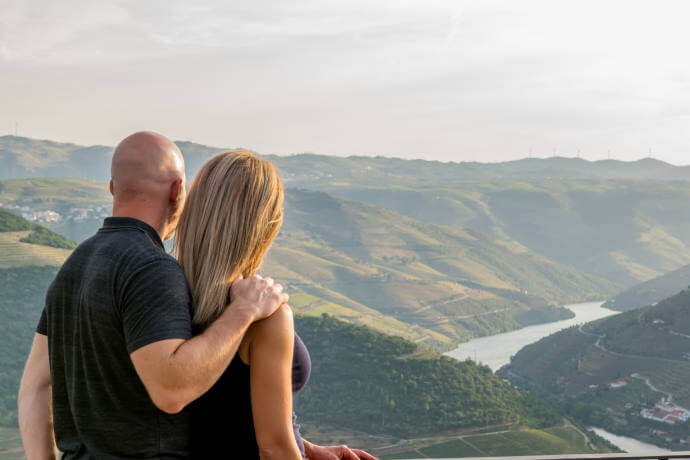
There are many viewpoints in this region, with ravishing sights that will leave anyone's mouth agape. One of the most famous and enigmatic is the viewpoint of São Leonardo de Galafura, about half an hour from Peso da Régua. In this magical place you can admire the curves of the Douro River as it winds its way through the hills, craggy slopes and sublime vineyards. The viewpoint is so beautiful that the famous Portuguese poet Miguel Torga dedicated a poem to it! Another viewpoint worth visiting is the Casal de Loivos, in the north of Pinhão, considered by BBC London as one of the most beautiful landscapes in the world. Here you will be able to enjoy a mind-blowing view over the Douro and the vineyards, in a landscape dotted with quintas and villages. Last but not least, be sure to visit the São Salvador do Mundo viewpoint, in São João da Pesqueira, that offers impressive views of the river, the Valeira Dam and the steep slopes. Let the landscapes of the Douro enchant you!
Discover the Paleolithic engravings
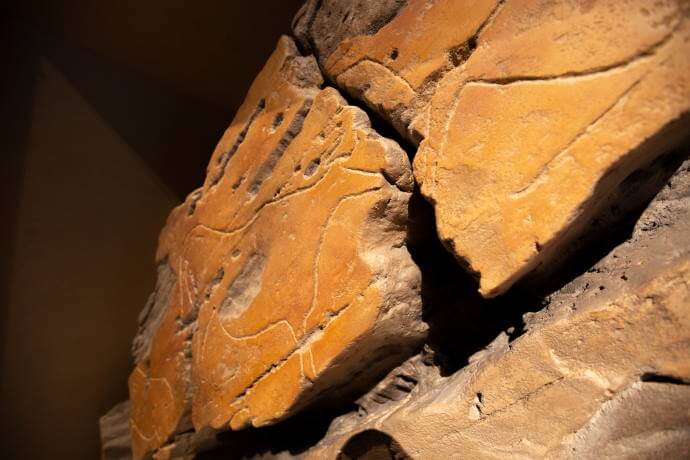
The art of the Côa Valley Archeological Park, located in the municipality of Vila Nova de Foz Côa, was classified by UNESCO as a National Monument in 1997 and as a World Heritage Site in 1998. The Côa River is a tributary of the Douro and the region surrounding it is characterized by imponent mountains and extensive olive groves. This Park, which is a true open-air museum of the Paleolithic, aims to preserve and disseminate the artistic and archeological heritage of the site, whose artistic expressions date back 20 000 years. The rock carvings along the banks of the Côa and Douro rivers mostly reveal animals, such as horses, cows or deer. This sort of gallery has more than a thousand rocks with petroglyphs, identified in more than 80 sites. The Paleolithic engravings, dating back about 25 000 years ago, are the most common. In fact, the Côa Valley is the world's largest open-air museum of Paleolithic art. And visiting a site where you can see and appreciate traces of our ancestors is a unique and memorable experience. Enjoy this ancient heritage!
Have a wine tasting and visit the Douro Museum
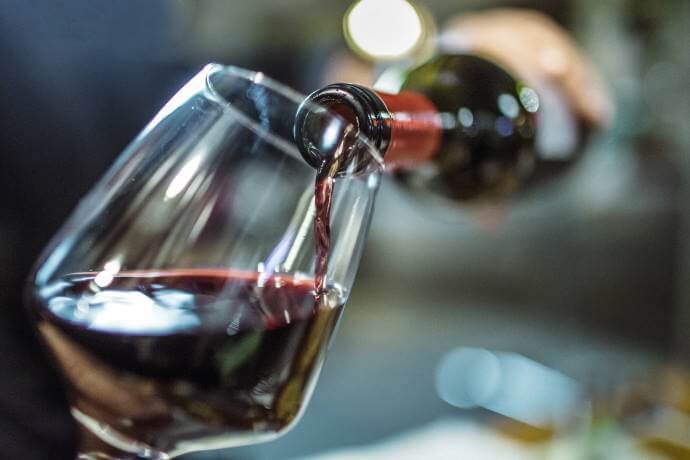
Obviously, it is absolutely mandatory to participate in a wine tasting when in Douro! You can do this, for example, in one of the famous wineries in Pinhão or in the surrounding area, as this village is the soul and essence of the Douro wine region. And visiting one of the many quintas that produce Port wine, among other wines, is a must-do. You can always visit the Douro Museum (Museu do Douro) in Peso da Régua if you want to learn more about the history, culture and identity of this wine region, focusing on elements related to wine-producing. Visit the exhibition area where the permanent exhibition is located. There is also a wine bar and a renowned restaurant, as well as a garden terrace overlooking the Douro River.
Try the delicious traditional cuisine
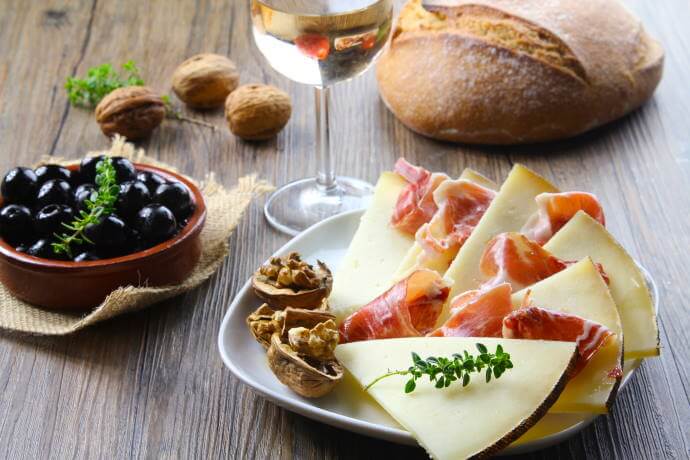
Delicious cured and smoked meats and tasty pure olive oil. Most of the Douro region's fantastic gastronomy focuses on these products and will leave you screaming for more! It is hard to resist the superb dishes. Try the typical Bôla de Lamego, that has already been nominated as one of the Seven Wonders of Portuguese Gastronomy, in the starters category, or taste the famous cured meats and the typical cheese. Lamb roasted in a wood-fired oven, for example, is one of the most traditional dishes of the Douro. However, there are countless typical meat dishes in the region, such as the stewed wild boar, the posta à mirandesa or the Portuguese stew. This region is also at the forefront of desserts. Try the famous arroz doce (sweet rice), for example. There are several traditional restaurants in the Douro region, so you will have plenty of opportunity to try all these treasures of Portuguese cuisine!



